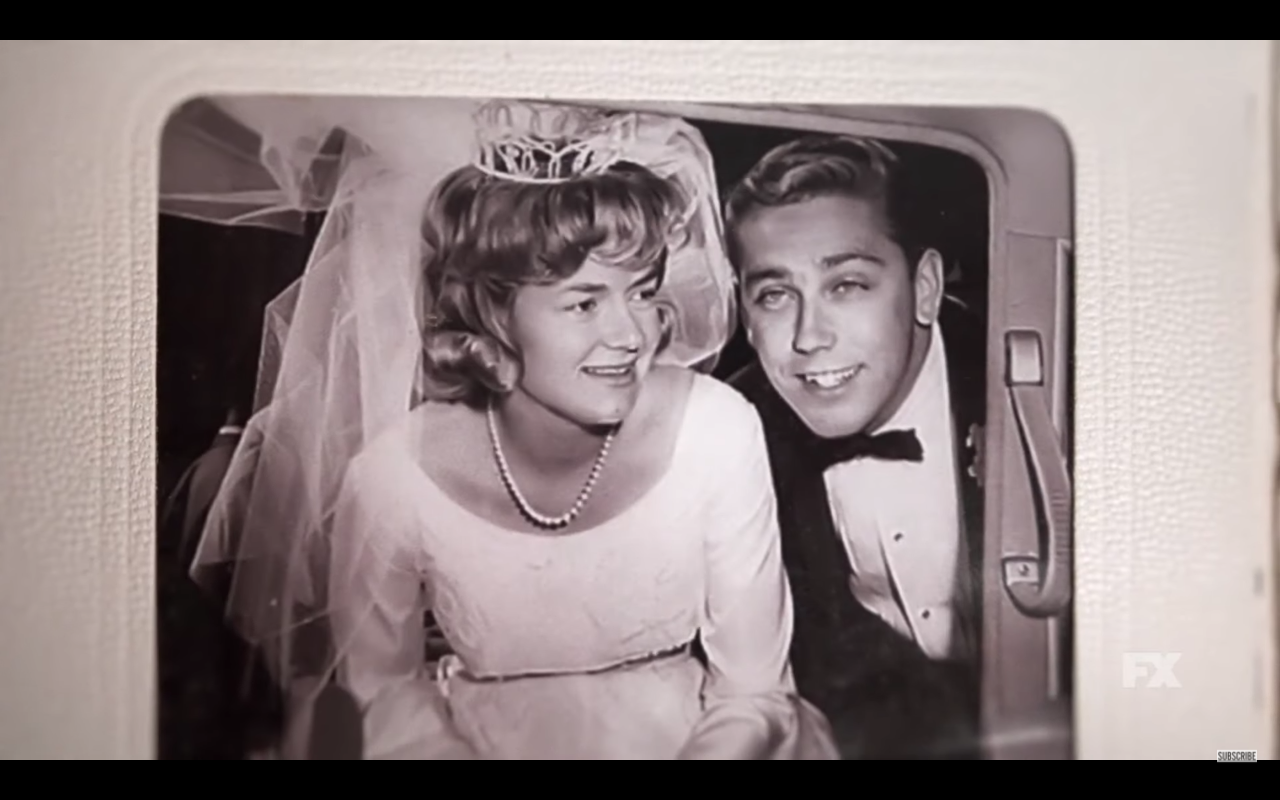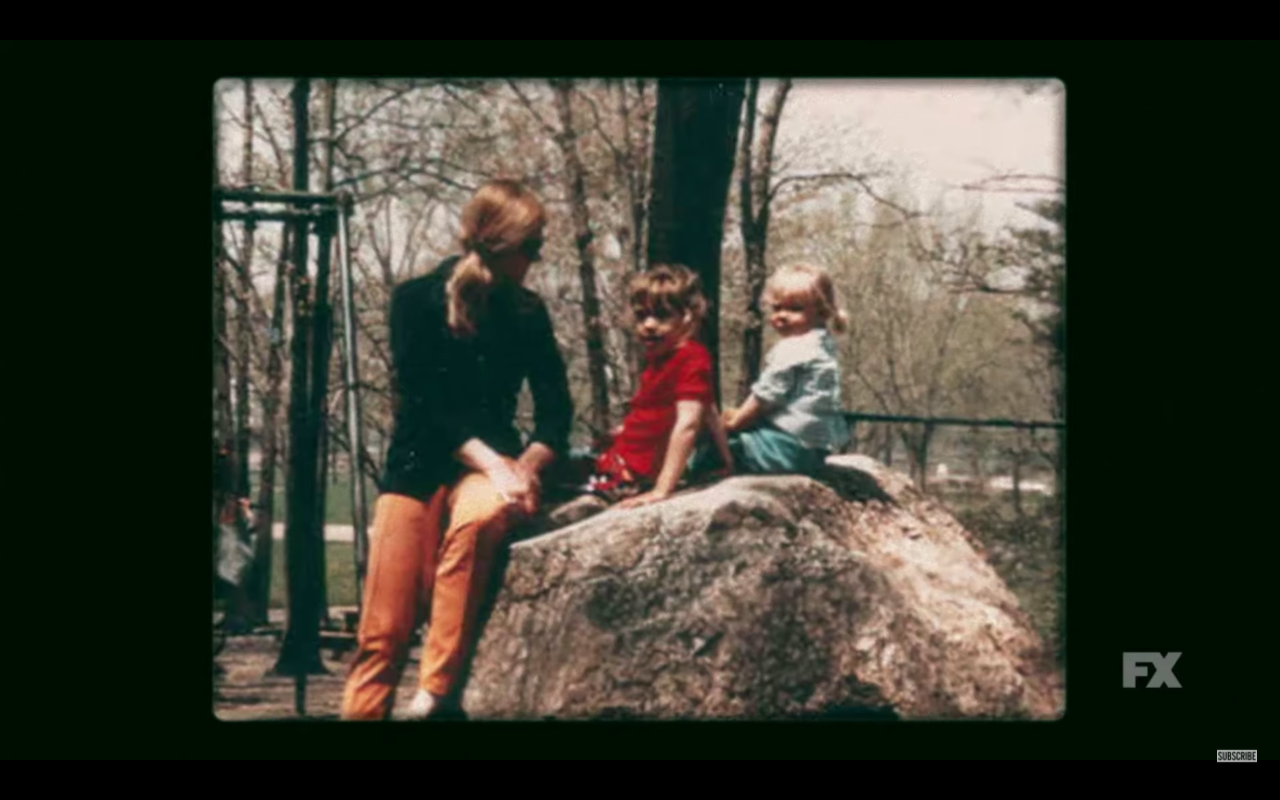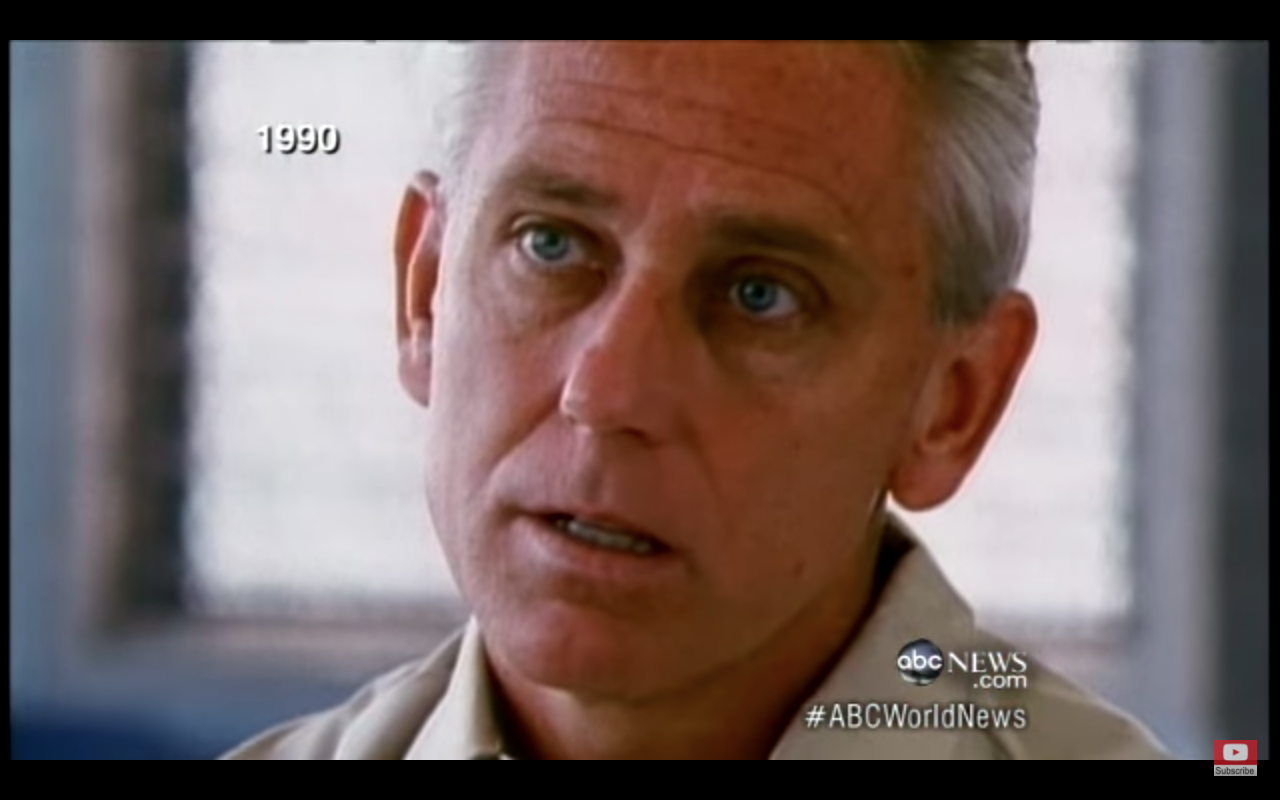FX’s ‘A Wilderness of Error’ is a true-crime docu-series that looks at the infamous conviction of Army surgeon Jeffery MacDonald for killing his pregnant wife and two daughters back in the 70s. Oscar-winning director Marc Smerling was involved with the project that is based on the book ‘A Wilderness of Error: The Trials of Jeffrey MacDonald’ by Errol Morris. So, what exactly transpired that night in the MacDonald household? Let’s find out!
The MacDonald Family
Since the series is based on a true story, let us start at the very beginning. Jeffrey MacDonald attended Princeton University in the 60s, and there, he resumed his relationship with Colette Kathryn Stevenson, whom he dated in high school. The couple got married in 1963 when she was expecting their first child. Kimberly, their daughter, was born on April 18, 1964.

That same year, the family also moved to Chicago, where Jeffrey attended Northwestern University Medical School. May 8, 1967, is when the couple’s second daughter, Kristen, was born. Following his graduation and an internship at Columbia Presbyterian Medical Center, Jeffery enlisted in the Army, which is when the family moved to Fort Bragg, North Carolina, in 1969.
What Happened on the Night of the Murder?
On February 17, 1970, Jeffery MacDonald called dispatchers at Fort Bragg about a stabbing at his home. Kimberly was found in her bed and had been stabbed in the neck around 8-10 times. She had also been clubbed about the head. Kristen, the younger daughter, had been stabbed an astonishing 33 times with a knife and 15 times with an ice pick! Colette was pregnant with the couple’s third child, and unfortunately, had not been spared that night. Both her arms were broken, and she had been stabbed 16 times with a knife and 21 times with an ice pick.

Her husband’s torn pajama top was also found on her chest, and the word “pig” was written on the bed. The Green Beret doctor was the only one that survived that attack. He had been stabbed once between his ribs, which caused his left lung to collapse. He was discovered next to his wife and was taken to Womack Army Medical Center for treatment. He had a mild concussion as well. However, he had been afflicted with less severe wounds than his family.
The Investigation
Initially, The Army’s Criminal Investigation Division did not buy Jeffery’s version of events. He had claimed that four intruders (3 men and one woman) had entered his home and attacked his family. Jeffery told the officers that he was sleeping on the couch since Kristen had wet the bed, and he did not want to wake his wife up to change the sheets. He also described the woman as a Caucasian with blond hair, who was wearing high heeled boots and a white floppy hat that somewhat covered her face. She was eventually identified as Helena Stoeckley and even confessed to being present on-premises many times.
The physician also stated that he had an altercation with the men but was eventually rendered unconscious. The Army investigators felt that Jeffery was guilty and had emulated the Manson killings to cover his tracks. In May 1970, he was formally charged with murdering his family. However, after an Article 32 hearing, all charges against the physician were dropped, and he was honorably discharged. But his father-in-law, Freddie Kassab, who was once his supporter, noted many inconsistencies over time. So, in 1972, he filed a citizen’s complaint through the Justice Department, which led to another legal battle.

In 1979, at the end of the trial, Jeffery MacDonald was found guilty and was sentenced to life in prison. However, in 1980, the Fourth Circuit Court of Appeals overturned the verdict, and MacDonald was yet again a free man. But in 1982, The US Supreme Court reversed this decision. Since then, Jeffery has been in prison and is currently serving his sentence at the Federal Correctional Institution in Cumberland, Maryland. He has always maintained his innocence.
How Did Pop-Culture Influence Jeffery’s Public Image?
In June 1979, author Joe McGinniss collaborated with Jeffery MacDonald to reproduce the story on paper. While the latter thought that the book would discuss his innocence, the truth was quite different. ‘Fatal Vision’ was the final outcome, and it maligned the physician’s character even more. Joe had painted Jeffery as a narcissistic psychopath and also provided excerpts from court trials. MacDonald did sue Joe in 1987 for fraud and won $325,000, but the damage was already done.
"And this case maybe hasn’t taught me that there is no conclusion to be arrived at, but it certainly has taught me how difficult it may be to arrive at a conclusion." (2/2) @ErrolMorris #WildernessofError
— FX Networks (@FXNetworks) September 9, 2020
Errol Morris is the author of the book, on which the docuseries is based. He said that he had a tough time getting his hands on Helena Stoeckley’s interview in the show ’60 Minutes’ since it had been removed in the final version. He told The Atlantic, “What was so odd was the 60 Minutes clapboard was removed from the beginning of the interview. Then when I finally got the entire tape, it said “60 Minutes” on it. I still thought this had been done at the behest of one of MacDonald’s investigators. But then I discovered that Joe Wershba, this legendary 60 Minutes producer, had been responsible for it.”
Errol added, “It was done for the program. It was done by the program. Wershba died shortly before I could reach him, but I was told he had a guilty conscience for many years about not including Stoeckley’s confession in the segment that aired.” Perhaps Marc Smerling sums up the situation in the best way – “One of the confounding things about this case is that it’s a prism. You can look through it one way or another. It’s an incredibly difficult journey to come to some sort of solid conclusion.” (Featured Image Courtesy – FX/Jeffery MacDonald and Colette Kathryn Stevenson).
Read More: Best True Crime Documentaries on Netflix
